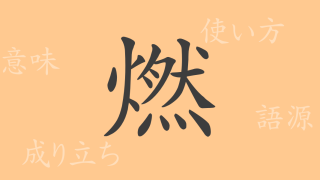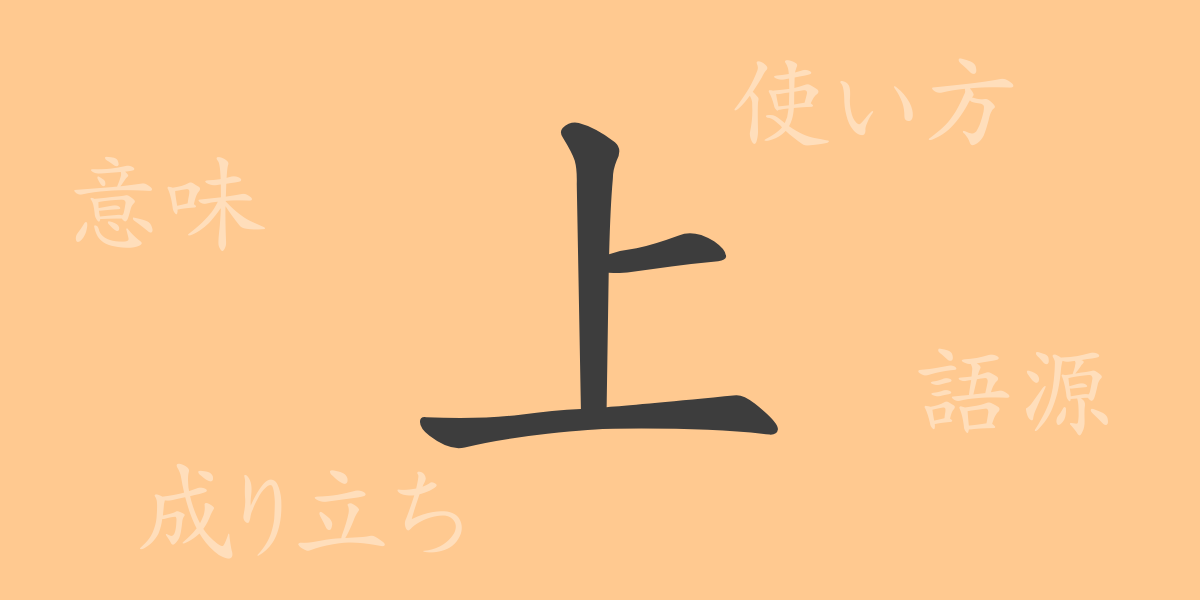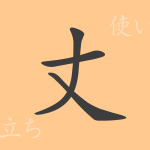The Japanese kanji “上(うえ)” is deeply ingrained in our daily lives, symbolizing the elegance of the Japanese language through its simplicity and profound meanings. This article explores the origins, meanings, and applications of “上,” delving into its pronunciation, stroke count, and radical. We will also explore idioms, phrases, and proverbs involving “上,” showcasing the rich expressions this single character can generate.
Origins of 上(うえ)
The kanji “上” originated in ancient China as a pictograph representing the sky or a high position. Initially, it depicted a line moving upwards, evolving to signify superiority or the upper part of something. Over time, it became more abstract, settling into its current form.
Meaning and Usage of 上(うえ)
“上” is used in various contexts to denote direction, position, and rank. Commonly it refers to “upward” or “above,” and metaphorically it can mean “superior” or “to surpass.” It is also used in temporal contexts to mean “before” or “previously.”
Pronunciation, Stroke Count, and Radical of 上(うえ)
The kanji “上” is versatile yet straightforward, making it a useful character to know.
- Readings: On’yomi (音読み) “ジョウ” “ショウ,” Kun’yomi (訓読み) “うえ,” “かみ,” “あげる,” “のぼる”
- Stroke Count: 3 strokes
- Radical: One (いち)
Idioms, Phrases, and Proverbs Using 上(うえ) and Their Meanings
There are numerous idioms and phrases that include “上.” For example, “上達” means improvement in skills or abilities, “上司” refers to a superior in the workplace, “上手” describes skillfulness, and “上昇” means to rise in position or state. A proverb such as “上には上がある” teaches humility by reminding us that there is always something or someone greater, no matter how skilled or superior one might be.
Conclusion on 上(うえ)
The kanji “上” significantly broadens the range of expression in the Japanese language, utilized extensively from casual conversations to business settings and educational contexts. This exploration of “上” hopefully illuminates its versatility and depth, enhancing your appreciation of Japanese culture and language.

























